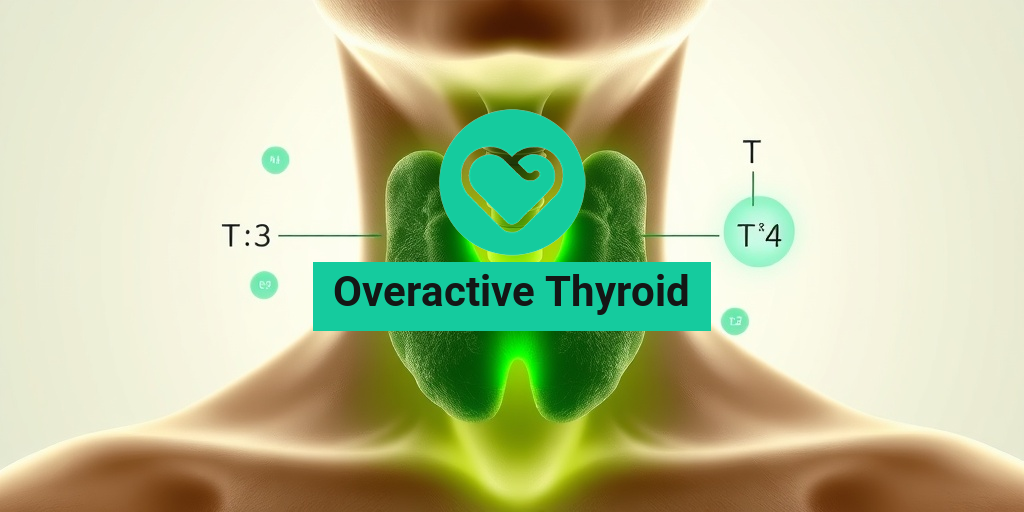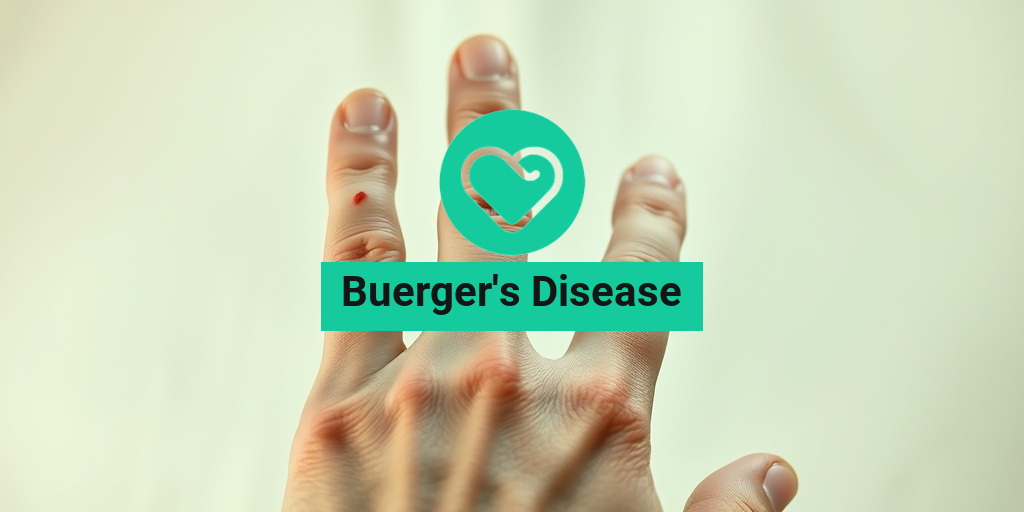What Are Migraines?
Migraine headaches are more than just a typical headache; they are a complex neurological condition that can significantly impact a person’s quality of life. Characterized by intense, debilitating pain, migraines often come with a variety of symptoms that can vary from person to person. Understanding what migraines are is crucial for effective management and treatment.
The Basics of Migraines
A migraine is typically defined as a recurrent headache that can last anywhere from a few hours to several days. The pain is often described as throbbing or pulsating and is usually localized to one side of the head. While the exact cause of migraines is not fully understood, they are believed to be related to changes in brain activity, which can affect the blood vessels and chemicals in the brain.
Types of Migraines
There are several types of migraines, each with its own unique characteristics:
- Migraine with Aura: This type includes visual disturbances, such as flashes of light or blind spots, before the headache begins.
- Migraine without Aura: The most common type, where the headache occurs without any preceding visual symptoms.
- Chronic Migraine: Defined as experiencing migraines on 15 or more days per month.
- Hemiplegic Migraine: A rare form that can cause temporary paralysis or neurological symptoms.
Understanding these types can help individuals identify their migraine patterns and seek appropriate treatment. If you’re looking for more detailed information about migraines, Yesil Health AI offers evidence-based health answers that can guide you.
Migraine Symptoms
Migraine symptoms can vary widely, but they often include a combination of the following:
Common Symptoms of Migraines
- Severe Head Pain: Usually on one side of the head, the pain can be debilitating.
- Nausea and Vomiting: Many individuals experience gastrointestinal distress during a migraine attack.
- Sensitivity to Light and Sound: Bright lights and loud noises can exacerbate the pain.
- Visual Disturbances: As mentioned, some people experience auras, which can include seeing flashes of light or zigzag patterns.
- Fatigue: After a migraine attack, individuals often feel exhausted and may need to rest.
Recognizing the Warning Signs
Many people who suffer from migraines can identify specific triggers or warning signs that precede an attack. These can include:
- Changes in Mood: Some individuals may feel unusually irritable or depressed before a migraine.
- Food Cravings: Certain foods, such as chocolate or aged cheeses, can trigger migraines in some people.
- Sleep Disturbances: Changes in sleep patterns can also be a precursor to a migraine.
By recognizing these symptoms and triggers, individuals can take proactive steps to manage their migraines more effectively. Keeping a migraine diary can be a helpful tool in identifying patterns and triggers.
When to Seek Medical Help
If you experience frequent or severe migraines, it’s essential to consult a healthcare professional. They can help determine the best course of treatment, which may include medications, lifestyle changes, or alternative therapies. Understanding the ICD 10 code for migraine headaches can also be beneficial for insurance and medical records.
In conclusion, migraines are a complex condition that requires a comprehensive understanding of their symptoms and triggers. By being informed and proactive, individuals can better manage their migraine headaches and improve their overall quality of life. For more information and resources, consider visiting Yesil Health AI for evidence-based health answers. 🌟
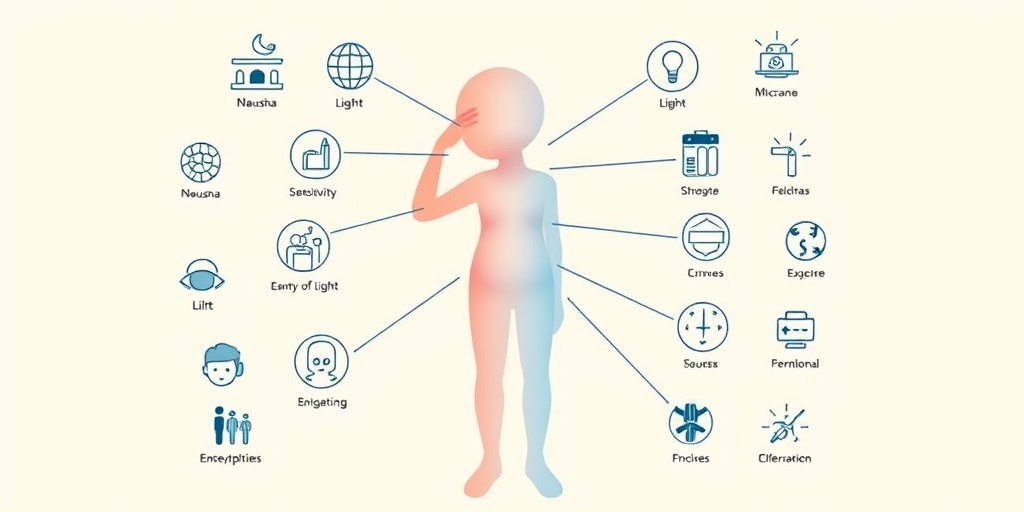
Migraine Triggers
Migraine headaches can be debilitating, and understanding what triggers them is crucial for effective management. Identifying your personal triggers can help you avoid potential migraine episodes and improve your quality of life. Here are some common migraine triggers:
1. Stress and Anxiety
Emotional stress is one of the most significant triggers for migraine headaches. When you’re under pressure, your body releases stress hormones that can lead to headaches. Finding effective stress management techniques, such as meditation, yoga, or deep-breathing exercises, can help reduce the frequency of migraines. 🧘♀️
2. Dietary Factors
Certain foods and beverages can trigger migraines in some individuals. Common culprits include:
- Alcohol: Red wine and beer are often reported as triggers.
- Caffeinated Beverages: While caffeine can help relieve headaches for some, it can also trigger migraines in others.
- Processed Foods: Foods containing additives like MSG or artificial sweeteners may lead to migraines.
- Chocolate: Many migraine sufferers report chocolate as a trigger.
3. Hormonal Changes
For many women, hormonal fluctuations can trigger migraines. This is particularly common during menstruation, pregnancy, or menopause. Understanding your cycle and how it relates to your migraines can help you prepare and manage symptoms more effectively. 🌸
4. Environmental Factors
Changes in the environment can also trigger migraines. Some common environmental triggers include:
- Bright Lights: Intense or flickering lights can provoke a migraine.
- Strong Odors: Perfumes, smoke, and other strong smells can be problematic.
- Weather Changes: Sudden changes in weather, such as a drop in barometric pressure, can trigger headaches.
5. Sleep Patterns
Both lack of sleep and oversleeping can trigger migraines. Maintaining a consistent sleep schedule is essential for migraine prevention. Aim for 7-9 hours of quality sleep each night to help reduce the likelihood of headaches. 😴
Migraine Types
Migraine headaches are not all the same; they can vary significantly in their symptoms and characteristics. Understanding the different types of migraines can help you identify your condition and seek appropriate treatment. Here are the most common types:
1. Migraine Without Aura
This is the most common type of migraine, characterized by moderate to severe pain, often on one side of the head. Symptoms may include nausea, vomiting, and sensitivity to light and sound. These migraines can last anywhere from a few hours to several days.
2. Migraine With Aura
Migraine with aura involves neurological symptoms that occur before or during the headache. These can include visual disturbances, such as flashing lights or blind spots, as well as sensory changes like tingling in the face or hands. Auras typically last between 20 to 60 minutes and are followed by the headache phase. 🌈
3. Chronic Migraine
Chronic migraines are defined as experiencing 15 or more headache days per month, with at least eight of those days being migraines. This type can significantly impact daily life and may require more intensive treatment strategies.
4. Hemiplegic Migraine
This rare type of migraine can cause temporary paralysis or weakness on one side of the body, mimicking a stroke. Symptoms may include severe headache, visual disturbances, and confusion. Hemiplegic migraines require immediate medical attention due to their severity.
5. Vestibular Migraine
Vestibular migraines are characterized by dizziness and balance issues, often accompanied by headache. These migraines can be particularly challenging as they may not always present with the typical headache symptoms, making diagnosis difficult.
Understanding the different types of migraines and their triggers is essential for effective management and treatment. If you experience frequent migraines, consider consulting a healthcare professional for personalized advice and treatment options. 🩺
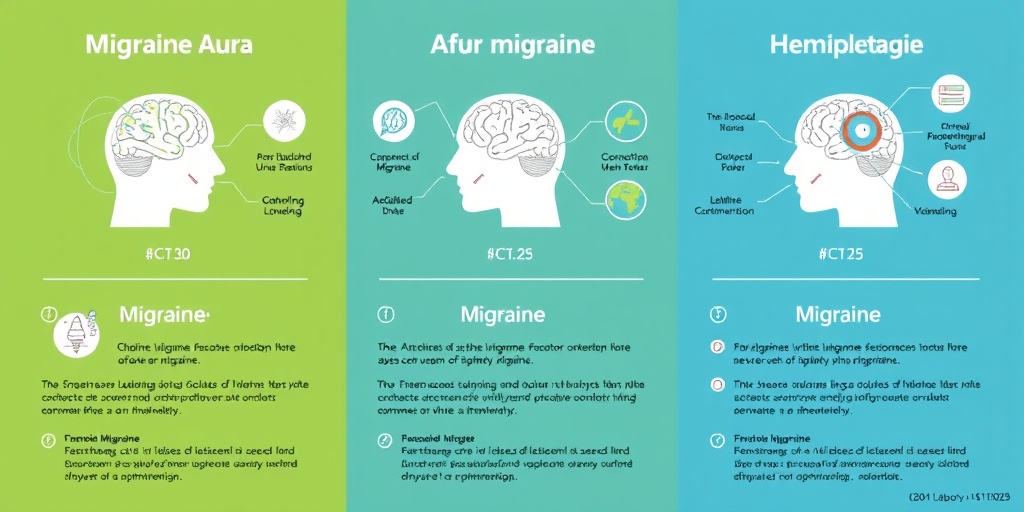
Migraine Diagnosis
Diagnosing migraine headaches can be a complex process, as it often involves a thorough evaluation of symptoms, medical history, and sometimes additional tests. Understanding the diagnostic criteria is essential for effective treatment and management.
Identifying Symptoms
The first step in diagnosing migraine headaches is recognizing the symptoms. Common symptoms include:
- Severe headache: Typically on one side of the head, often described as throbbing or pulsating.
- Nausea and vomiting: Many individuals experience gastrointestinal distress during an attack.
- Sensitivity to light and sound: Bright lights and loud noises can exacerbate the pain.
- Aura: Some people experience visual disturbances, such as flashes of light or blind spots, before the headache begins.
It’s important to note that not everyone with migraine headaches will experience all these symptoms. Keeping a headache diary can help track the frequency, duration, and intensity of headaches, as well as any accompanying symptoms.
Medical History and Physical Examination
During a consultation, your healthcare provider will likely ask about your medical history, including:
- Family history of migraines or other types of headaches.
- Previous treatments and their effectiveness.
- Any other medical conditions you may have.
A physical examination may also be conducted to rule out other potential causes of headaches. This can include neurological tests to assess your reflexes, coordination, and sensory responses.
Diagnostic Criteria
The International Classification of Headache Disorders (ICHD) provides specific criteria for diagnosing migraine headaches. According to the ICHD, a diagnosis of migraine typically requires:
- At least five attacks fulfilling the criteria.
- Headache lasting 4 to 72 hours (untreated or unsuccessfully treated).
- At least two of the following characteristics: unilateral location, pulsating quality, moderate to severe intensity, and aggravation by routine physical activity.
- During the headache, at least one of the following: nausea/vomiting or photophobia and phonophobia.
In some cases, imaging tests such as MRI or CT scans may be recommended to rule out other conditions, especially if the headache pattern changes or if there are unusual symptoms.
Migraine Treatment Options
Once diagnosed, managing migraine headaches effectively is crucial for improving quality of life. Treatment options can be categorized into two main types: acute treatments and preventive treatments.
Acute Treatments
Acute treatments aim to relieve symptoms during a migraine attack. These can include:
- Over-the-counter medications: Nonsteroidal anti-inflammatory drugs (NSAIDs) like ibuprofen or naproxen can help alleviate pain.
- Prescription medications: Triptans, such as sumatriptan and rizatriptan, are often prescribed for moderate to severe migraines.
- Anti-nausea medications: These can help manage nausea and vomiting associated with migraines.
- Ergots: Less commonly used, these medications can be effective for some individuals.
Preventive Treatments
For those who experience frequent migraines, preventive treatments may be recommended to reduce the frequency and severity of attacks. Options include:
- Daily medications: These can include beta-blockers, antidepressants, or anticonvulsants.
- Botox injections: Approved for chronic migraines, Botox can help reduce the number of headache days.
- Dietary and lifestyle changes: Identifying and avoiding triggers, maintaining a regular sleep schedule, and managing stress can significantly impact migraine frequency.
- Supplements: Some studies suggest that magnesium, riboflavin (vitamin B2), and coenzyme Q10 may help reduce migraine frequency.
Alternative Therapies
In addition to conventional treatments, many individuals find relief through alternative therapies. These can include:
- Acupuncture: Some studies suggest that acupuncture may help reduce the frequency of migraines.
- Biofeedback: This technique teaches individuals to control physiological functions, which can help manage pain.
- Herbal remedies: Certain herbs, such as feverfew and butterbur, have been studied for their potential benefits in migraine prevention.
It’s essential to consult with a healthcare provider to determine the most appropriate treatment plan tailored to your specific needs. With the right approach, many individuals can find effective relief from migraine headaches and improve their overall well-being. 🌟

Migraine Home Remedies
Migraine headaches can be debilitating, often leaving individuals searching for relief. While medications are commonly used, many people prefer to explore home remedies that can help alleviate symptoms. Here are some effective strategies you can try at home:
1. Stay Hydrated
Dehydration is a common trigger for migraine headaches. Ensuring you drink enough water throughout the day can help prevent the onset of migraines. Aim for at least 8-10 glasses of water daily, and consider incorporating hydrating foods like cucumbers and watermelon into your diet. 🥒💧
2. Apply Cold or Warm Compresses
Using a cold or warm compress can provide significant relief. A cold pack applied to the forehead can numb the pain, while a warm compress on the neck may help relax tense muscles. Experiment with both to see which works best for you. ❄️🔥
3. Essential Oils
Essential oils, such as peppermint and lavender, are known for their soothing properties. Inhaling these scents or applying diluted oils to your temples can help reduce migraine symptoms. Just a few drops can make a big difference! 🌿
4. Ginger Tea
Ginger has anti-inflammatory properties that can help reduce migraine pain. Drinking ginger tea or chewing on ginger root may provide relief. Plus, it’s a delicious way to hydrate! 🍵
5. Rest in a Dark, Quiet Room
Light and noise can exacerbate migraine symptoms. Finding a dark, quiet space to rest can help your body recover. Consider using an eye mask and earplugs to create a calming environment. 💤
6. Caffeine in Moderation
For some, a small amount of caffeine can alleviate migraine pain, especially in the early stages. However, be cautious, as too much caffeine can lead to withdrawal headaches. A cup of coffee or tea may do the trick! ☕️
7. Acupressure
Applying pressure to specific points on the body can help relieve migraine pain. The LI4 point, located between the thumb and index finger, is particularly effective. Gently massage this area for several minutes to see if it helps. ✋
Migraine Prevention Strategies
Preventing migraine headaches is often more effective than treating them after they occur. Here are some strategies to help reduce the frequency and severity of migraines:
1. Identify Triggers
Keeping a migraine diary can help you identify patterns and triggers. Common triggers include:
- Stress
- Certain foods (like aged cheese or processed meats)
- Hormonal changes
- Sleep disturbances
- Weather changes
By recognizing your triggers, you can take steps to avoid them. 📝
2. Maintain a Regular Sleep Schedule
Inconsistent sleep patterns can lead to migraines. Aim for a consistent sleep schedule by going to bed and waking up at the same time every day. This helps regulate your body’s internal clock and can reduce migraine occurrences. 🛌
3. Eat Regular Meals
Skipping meals can trigger migraines for many individuals. Eating regular, balanced meals can help maintain stable blood sugar levels. Incorporate a mix of proteins, healthy fats, and carbohydrates into your diet. 🍽️
4. Manage Stress
Stress is a significant trigger for migraines. Incorporating relaxation techniques such as yoga, meditation, or deep-breathing exercises can help manage stress levels effectively. Find what works best for you and make it a part of your daily routine. 🧘♀️
5. Regular Exercise
Engaging in regular physical activity can help reduce the frequency of migraines. Aim for at least 30 minutes of moderate exercise most days of the week. Activities like walking, swimming, or cycling can be beneficial. Just be sure to stay hydrated! 🚴♂️
6. Consider Supplements
Some studies suggest that certain supplements, such as magnesium, riboflavin (vitamin B2), and coenzyme Q10, may help reduce migraine frequency. Consult with your healthcare provider before starting any new supplements. 💊
7. Consult a Healthcare Professional
If migraines persist, it’s essential to consult a healthcare professional. They can help determine the best treatment plan tailored to your needs, which may include medication or other therapies. 🩺
By implementing these home remedies and prevention strategies, you can take proactive steps toward managing migraine headaches effectively. Remember, what works for one person may not work for another, so it’s essential to find the right combination for you!
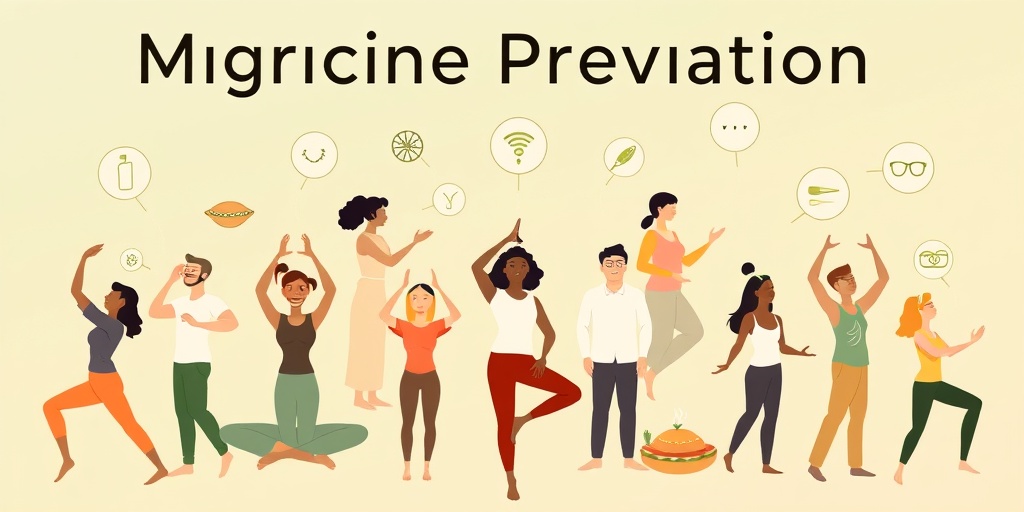
Frequently Asked Questions about Migraine Headaches
What are the common symptoms of migraine headaches?
Migraine headaches can present a variety of symptoms, including:
- Severe throbbing or pulsing pain on one side of the head
- Nausea and vomiting
- Sensitivity to light and sound
- Visual disturbances, such as aura
What causes migraine headaches?
The exact causes of migraine headaches are not fully understood, but they are thought to be related to:
- Genetic factors
- Certain triggers, such as stress, hormonal changes, or specific foods
- Neurological changes in the brain
How are migraine headaches treated?
Treatment options for migraine headaches include:
- Over-the-counter medications like ibuprofen or acetaminophen
- Prescription medications for severe cases
- Preventive treatments, such as beta-blockers or antidepressants
- Lifestyle changes to avoid triggers
What is the meaning of migraine headaches?
Migraine headaches are a type of headache characterized by intense, debilitating pain often accompanied by other symptoms. They can significantly impact daily life and may require medical intervention.
What is the ICD-10 code for migraine headaches?
The ICD-10 code for migraine headaches is G43. This code is used for medical billing and documentation purposes.
Can migraine headaches occur with aura?
Yes, some individuals experience migraine headaches with aura, which includes visual disturbances such as flashing lights or blind spots before the headache begins. This type is known as migraine with aura.
What medications are commonly prescribed for migraine headaches?
Common medications for treating migraine headaches include:
- Triptans (e.g., sumatriptan)
- Ergots (e.g., ergotamine)
- Anti-nausea medications
How are migraine headaches rated for VA disability?
For veterans, migraine headaches can be rated for disability by the VA based on severity and frequency. Ratings can vary from 0% to 50% depending on the impact on daily functioning.
Are migraine headaches thought to be caused by specific factors?
Yes, migraine headaches are thought to be caused by a combination of genetic, environmental, and neurological factors. Identifying personal triggers can help in managing and preventing attacks.



